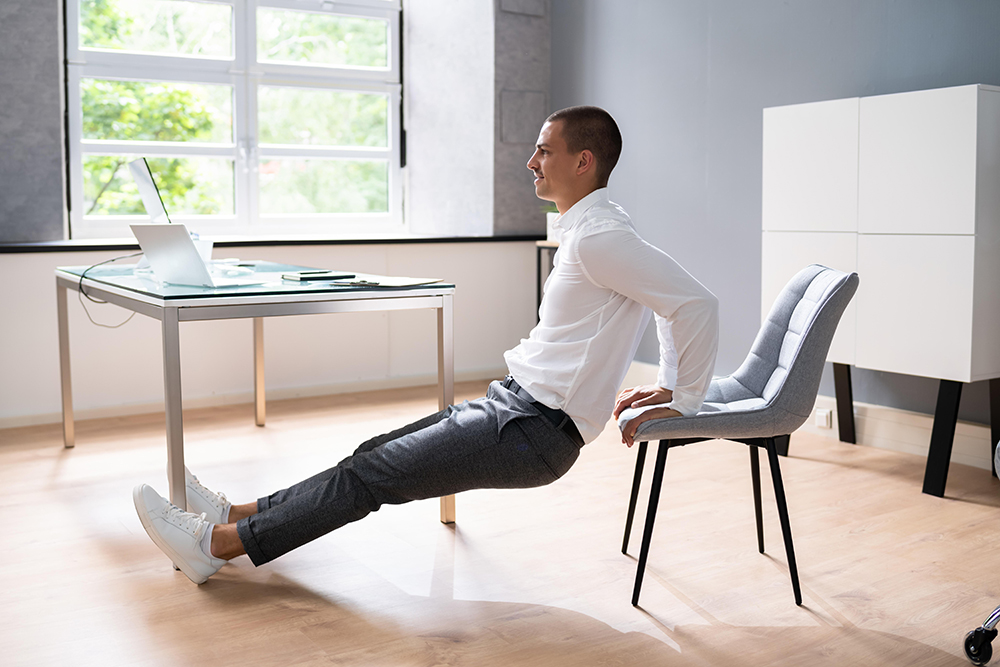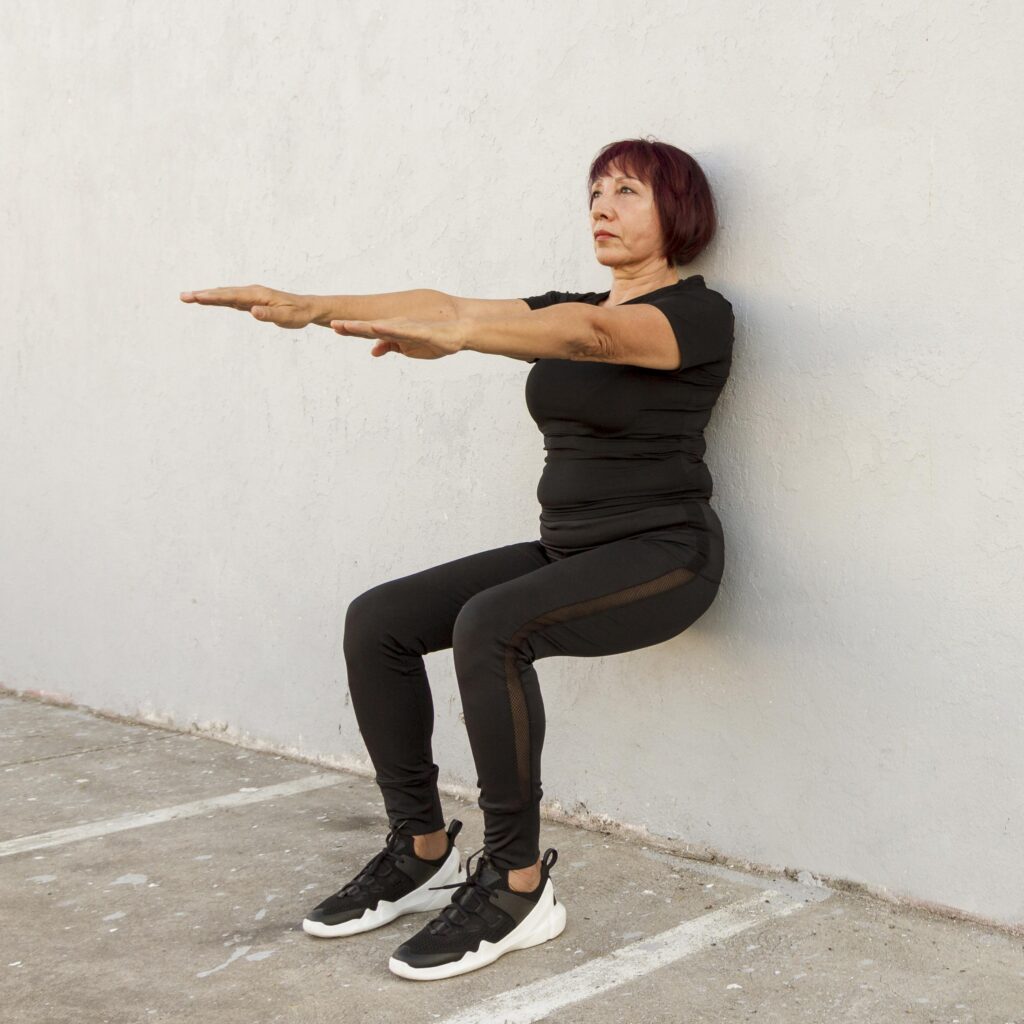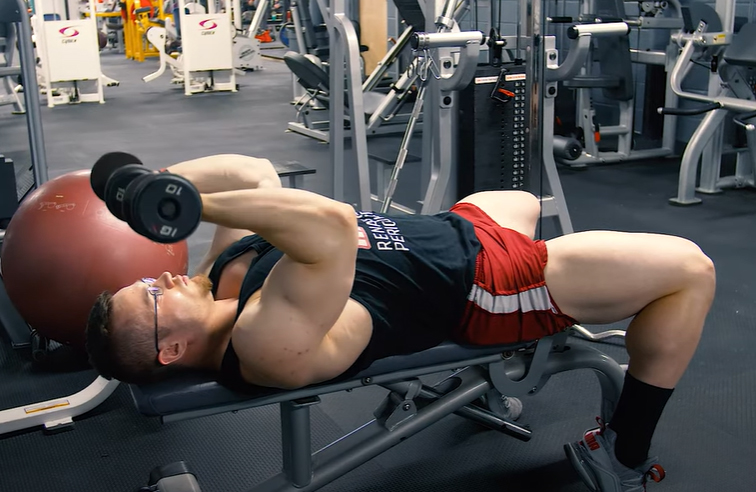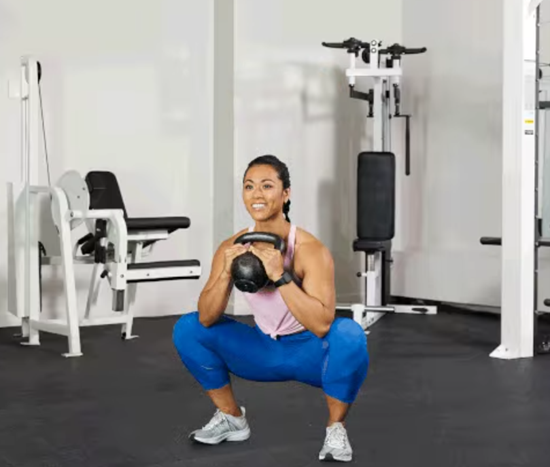
Kick off National Women’s Health Week with a renewed commitment to your health and well-being! At Millennium Health & Fitness, we’re proud to champion women’s health by shining a spotlight on vital health topics and empowering women to take proactive steps toward a healthier future.
As women age, maintaining health and well-being becomes increasingly important. In 2025, the focus on healthy aging and menopause is stronger than ever, with new research, technologies, and holistic approaches transforming how women experience this life stage.
This week, we’re talking about navigating menopause and key strategies for healthy aging.
Let’s Talk Menopause Myths
Despite its prevalence, menopause is often misunderstood. Here are some common misconceptions:
Myth: Menopause Only Happens in Your 50s
While the average age for menopause is around 52, it can occur earlier or later. Some women experience menopause in their 40s, and a small percentage may go through it even earlier. The years leading up to this point are known as perimenopause, during which women may experience irregular periods and other symptoms due to fluctuating hormone levels.
Myth: Menopause Only Causes Hot Flashes
Hot flashes are a common symptom, but menopause can also bring about other changes such as mood swings, sleep disturbances, fatigue, and memory problems due to hormonal fluctuations.
Myth: Menopause is the Same for Every Woman
Every woman’s experience with menopause is unique. Symptoms can vary widely in type and severity, and the duration of perimenopause can differ significantly from one woman to another.
Myth: Hormone Replacement Therapy (HRT) is Dangerous for Everyone
HRT can be an effective treatment for many women, but it is not suitable for everyone. It’s important to discuss the risks and benefits with your healthcare provider to determine the best approach for managing symptoms.
Myth: Menopause is Just About Physical Symptoms
Menopause can also impact mental and emotional health. Women may experience mood swings, anxiety, and depression, which are important to address alongside physical symptoms.
Key Strategies for Healthy Aging:
While it can be a challenging transition, menopause is simply a natural part of aging. Understanding and managing your symptoms can lead to a healthier and more fulfilling life.
Bone Health: The decrease in estrogen levels during menopause can lead to a rapid loss of bone density, increasing the risk of osteoporosis and fractures.
Strengthen Your Bones: It’s important to get enough calcium and vitamin D and engage in weight-bearing exercises to support bone health.
Heart Health: Menopause can affect cardiovascular health. The decline in estrogen may contribute to an increase in LDL (bad) cholesterol and a decrease in HDL (good) cholesterol, raising the risk of heart disease.
Protect Your Heart: Maintaining a healthy diet, exercising regularly, and monitoring blood pressure and cholesterol levels are crucial.
Weight Gain: Hormonal changes, along with aging and lifestyle factors, can lead to weight gain during menopause.
Manage Your Weight: A balanced diet rich in fruits, vegetables, whole grains, and lean proteins and regular physical activity are key to managing weight. Find an activity you enjoy and make it a regular part of your routine. Whether it’s walking, dancing, or yoga, every bit of movement counts.
Urinary Health: Menopause can weaken the pelvic floor muscles, leading to urinary incontinence and an increased risk of urinary tract infections.
Strengthen the Pelvic Floor: Pelvic floor exercises can help strengthen these muscles.
Mental Health: The emotional and psychological impacts of menopause can be significant. Women may experience mood swings, anxiety, and depression.
Prioritize Mental Health: Mental health is just as important as physical health. Take time to relax, manage stress, and seek support from healthcare providers, counselors, or support groups if needed. Practices like mindfulness, meditation, and regular exercise can significantly improve mental well-being.
Where to start? Schedule a health check-up:
Regular health check-ups are essential as they help in early detection and management of any potential health issues.
Let’s celebrate the strength and determination of women by making our health a priority!

















